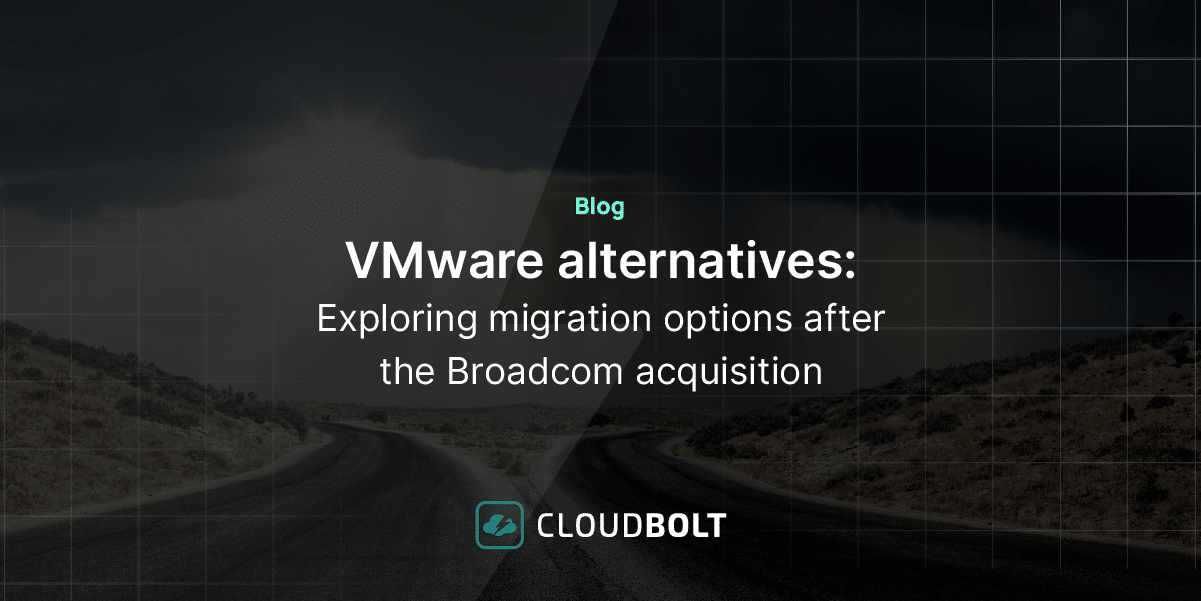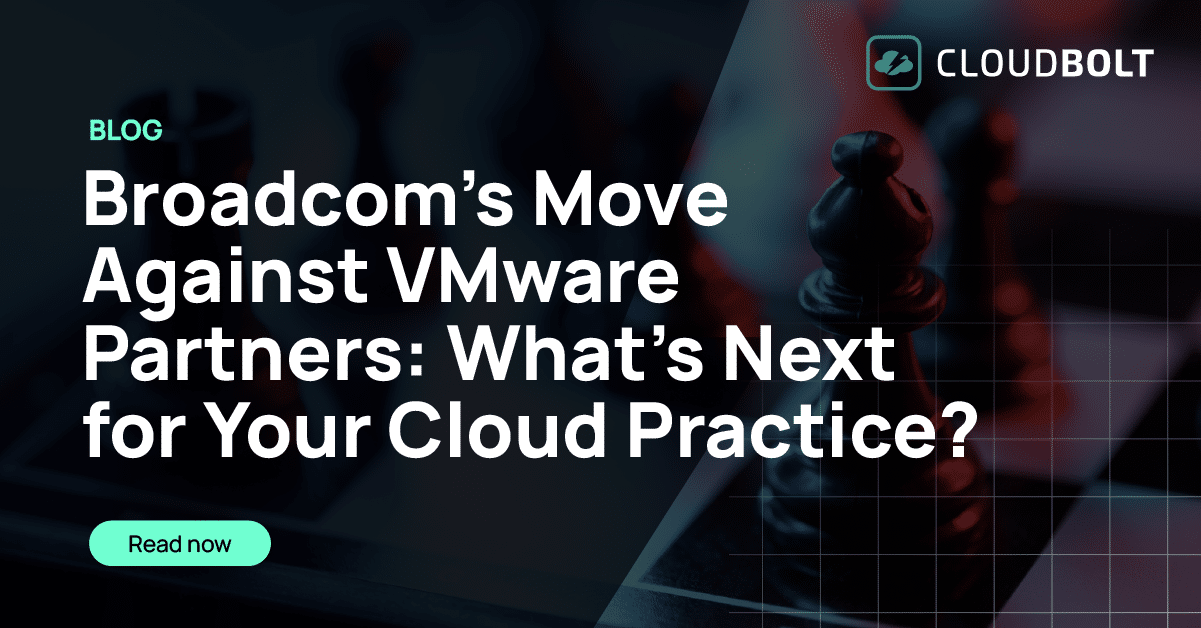
Just as a runaway train can cause havoc, so can uncontrolled IT spending. Over the last few years, IT departments have been sidetracked by DevOps teams and other IT initiatives, while many convinced themselves and the leaders in their organizations to innovate on the edges of traditional IT.
If you wanted to experiment or get things done faster, you swiped a credit card and rapidly took advantage of IT services that were not offered by the in-house department. In many cases, you were lured into a free trial. giving powerful resources to almost anyone. That was a real eye-opener. Why did it take so long for traditional IT to give you the same resources?
Over time, some business units essentially ran their own IT services from cloud providers and didn’t even bother with central IT. This happened to many enterprises—and will continue to be the case—until the bills start getting noticed by leaders in C-level suites of the enterprise.
When the Chief Financial Officer (CFO) of an organization drills down on how the expenses are aligned to revenue, it’s no longer business as usual.
Runaway IT
A lot of resources are being provisioned in clouds or in various places within the enterprise without being accounted for, making it difficult to reign in unnecessary spending. it’s very easy to end up with resources that are dormant or running at a much higher capacity than necessary. As a result of the fast pace, some teams can provision things that no one else in the enterprise knows about or even how to use. As people move on from the organization, these resources go unattended.
Most enterprise IT leaders know how difficult it is to understand their spending without the proper enterprise-wide visibility and control of resources. There are so many departments and so many different ways to get things done digitally. The derogatory term “shadow IT” is now obsolete. In fact, one of our industry analysts refers to this distributed IT as just “shadowy” and not with the same disdain that used to be the norm.
I once worked at a company maintaining two collaboration tools for file sharing. One was a trickle-up enterprise account that occurred when we started using Dropbox for business instead of just for personal. A department lead purchased the enterprise version of Dropbox without central IT approval. At the same time, our central IT was moving to a massive Sharepoint initiative to help with collaboration. Both existed for a while. I’m sure since it was a large organization, there are possibly terabytes of files that no one knows about that are being counted in storage fees.
Last week, I heard a good tip that can be compared to getting control of a runaway train of IT resources. Put a Post-it on the employee fridge stating, “Please claim your stuff and date it or it will be thrown out by Friday”. Sounds simple, but it works for the lunch room. Something similar can definitely work for IT too.
Visibility and Control for the Hybrid Cloud
With so many cloud providers and so many resources sprawled out in so many places and user accounts, it’s a huge advantage to have central visibility of what is being consumed as well as by whom. Resource accounts might still be active when users associated with these accounts are no longer part of the company.
From a central platform, IT can connect to any 3rd-party resource, gather the inventory, and provision new resources to be used by anyone in the organization.
This helps in the following ways to:
- See IT resource utilization patterns and anticipate potential problems, prioritizing the most important issues first.
- Serve as first responders when IT resources become unavailable with the ability to create replacement resources to triage a situation before the issue becomes a costly problem.
- Identify when resource usage is not cost effective and deploy alternatives, either from one of the many other cloud resources available or by bringing back a more stable workload to the data center.
To get a deeper look into how CloudBolt can help you reduce cost and manage VM sprawl, check out our Product Overview
Related Blogs

Top 3 cloud financial management challenges
Introduction As cloud costs continue to rise, comprising an ever-larger share of IT budgets, there is increasing executive scrutiny on…

